Intermediates
Gallantry and accessories
Blog Piekiełka
Carnelian stone
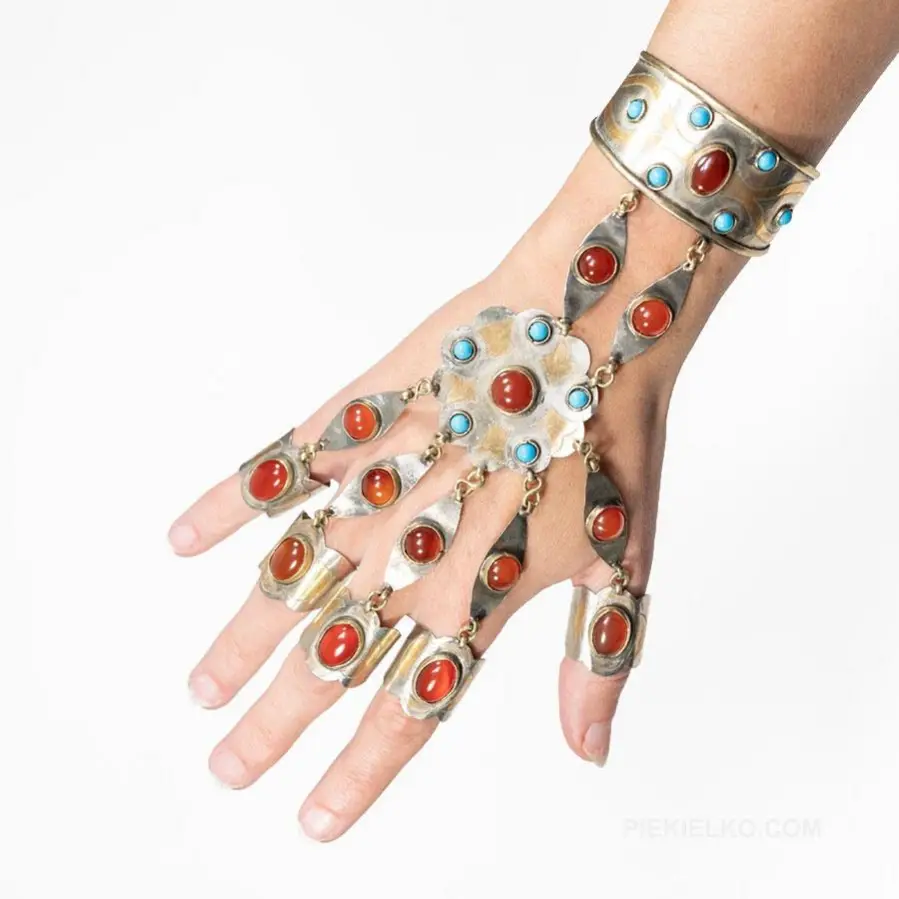
Carnelian is a variety of chalcedony and a stone that often adorns ethnic jewelry. Where did the popularity of carnelian come from? Why is jewelry with carnelian stone spread around the world? What is hidden under the fascinating exterior of the stone and where did it get its name? Learn about the history of carnelian and the secrets behind the stone.
The name carnelian and the appearance of the precious stone
The name carnelian is derived from the Old French word cornele, meaning the fruit of the cornucopia. Indeed, carnelian resembles it to an illusion. The carnelian stone has a very long history. More than 4,500 years ago, Sumerian and Egyptian craftsmen made jewelry with carnelian stone. The ancient Romans and Greeks also valued the stone, which they used for intaglios. Carnelian was also popular for making signet rings. While in Egypt, Napoleon picked up an octagonal carnelian on the battlefield and returned from there with just this stone - carrying it with him at all times and leaving it to his nephew.
Carnelian is a precious stone. It is usually cut as a cabochon or used to make ethnic beads and cameos. It is this natural stone, carnelian, that can often be found in Oriental and antique jewelry. The mineral takes on colors ranging from reddish-orange, through brownish, yellow and red to pink. Its different shades depend on the amount of iron oxide present in each stone. Carnelian stones can have delicate stripes or have a uniform color. The stone reaches 6.5 on the hardness scale. It is often confused with sardium, but the color of sardium is never as intense as that of carnelian.
Carnelian on the world map
Most stones that appear on the market in the form of carnelian rings or pendants are stained chalcedony from Brazil or Uruguay. These stones are usually heat-treated to enhance their color. However, carnelian can also be found in: India, Japan , Madagascar, Russia, Iceland, Slovakia,Peru, Romania.
The main deposits of carnelian are found in the lower Narbada River, in western India, but also in Queensland (Australia), Franche-Compte (France), Black Forest and Bavaria (Germany), Cornwall (England) and Ratnapura (southwestern Sri Lanka). In the United States, meanwhile, carnelian is found in Connecticut, Florida, New Jersey, Tennessee and Washington. But, the best carnelian stones come from India anyway, where, when exposed to the sun, they naturally turn from brown to... red.
Ethnic jewelry with carnelian. What was its significance in the past?
Throughout the history of the carnelian stone, its positive qualities have always been believed. In ancient Egypt, rings with carnelian were worn to eliminate bad mood, hatred, jealousy and anger. In those ancient times, the stone was also used to protect the dead during their journey to the hereafter. In the Renaissance, on the other hand, an image of a warrior or sword was engraved on carnelian and placed in homes to protect them from storms.
An amulet with carnelian was also worn, as protection. Carnelian was worn around the neck in the form of carnelian necklaces to prevent skin diseases, madness, nosebleeds and blood diseases. The stone was also believed to be able to stop... nightmares.
Arab peoples to this day consider carnelian to be one of the stones of kings. They often associate the stone's rich, warm color with the proactive energy of... lion and fire. According to Arab tradition, the carnelian stone adds courage. So, it's the perfect stone for kings. Oh yes, some rulers could certainly use more courage - the kind the lion has.
Like lapis lazuli, carnelian was thus one of the favorite gems in history. All over the world, both stones were used to create ethnic jewelry, seals and talismans - because of their beautiful colors and ease of processing.
Carnelian stone today
Today, carnelian is believed to be a stone of great value for those who are shy and need to speak in public. George Frederick Kunz, an American mineralogist stated in his lifetime that wearing jewelry with carnelian is recommended for those who have a weak voice or are shy in speech. The warm stone will supposedly give them courage.
Carnelian is also used today to promote peace and harmony and to get rid of depression. It represents courage, motivation, creativity, concentration, patience and confidence in oneself. The carnelian stone is said to be able to stimulate metabolism, treat lower back problems, rheumatism, arthritis, and neuralgia.
However, whether you are an imperial prince, an extraordinary alchemist or simply a fan of oriental jewelry, you should ... believe in carnelian before it actually works.
Jewelry with carnelian
-
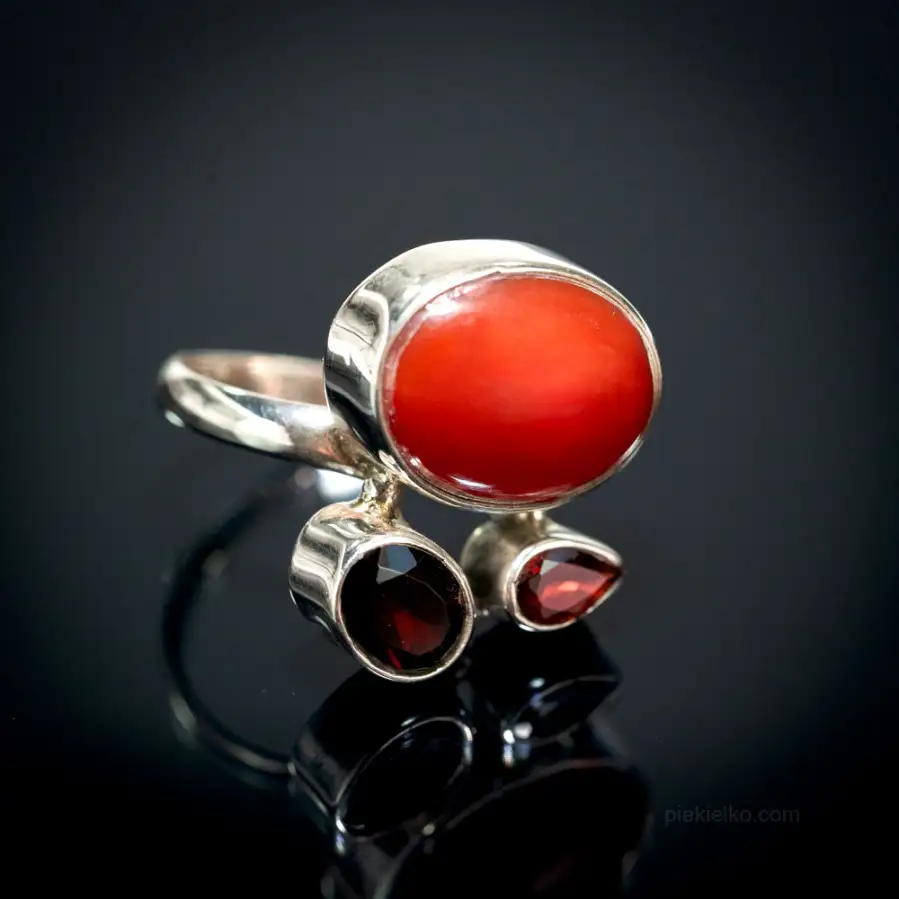
Fiery Passion – Silver Ring with Carnelian and Garnet
350,00332,50 -

Earrings with clusters of red carnelian
165,00156,75 -
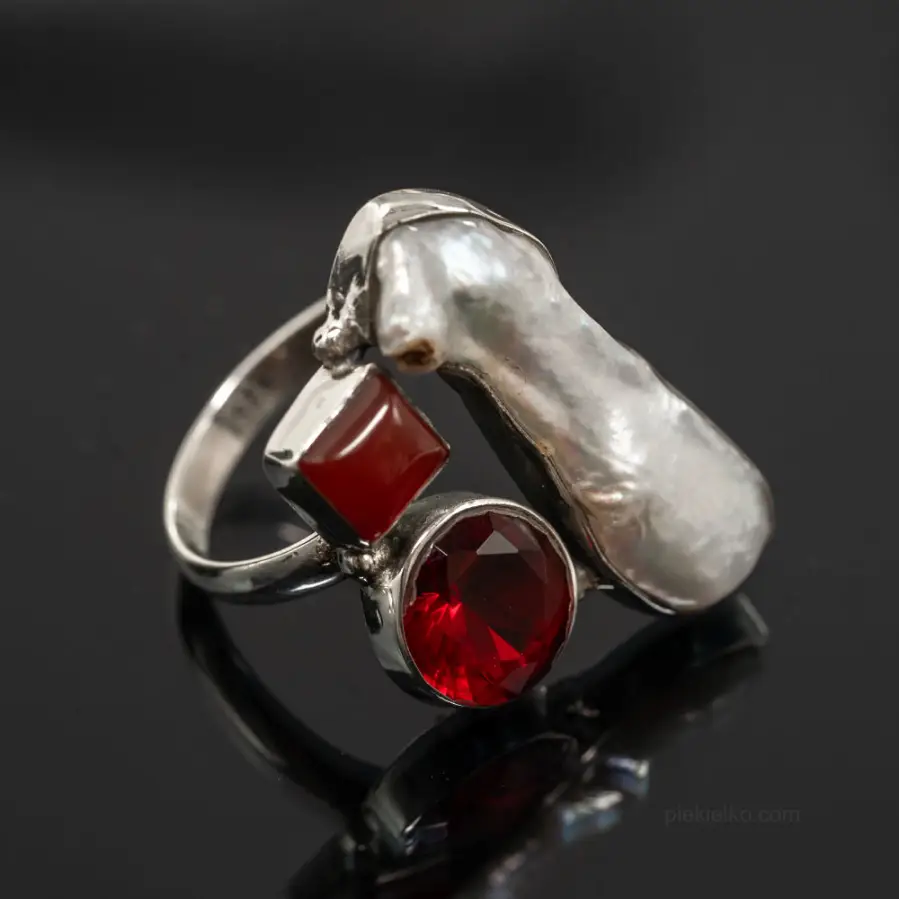
Silver ring with three treasures of nature
400,00380,00 -
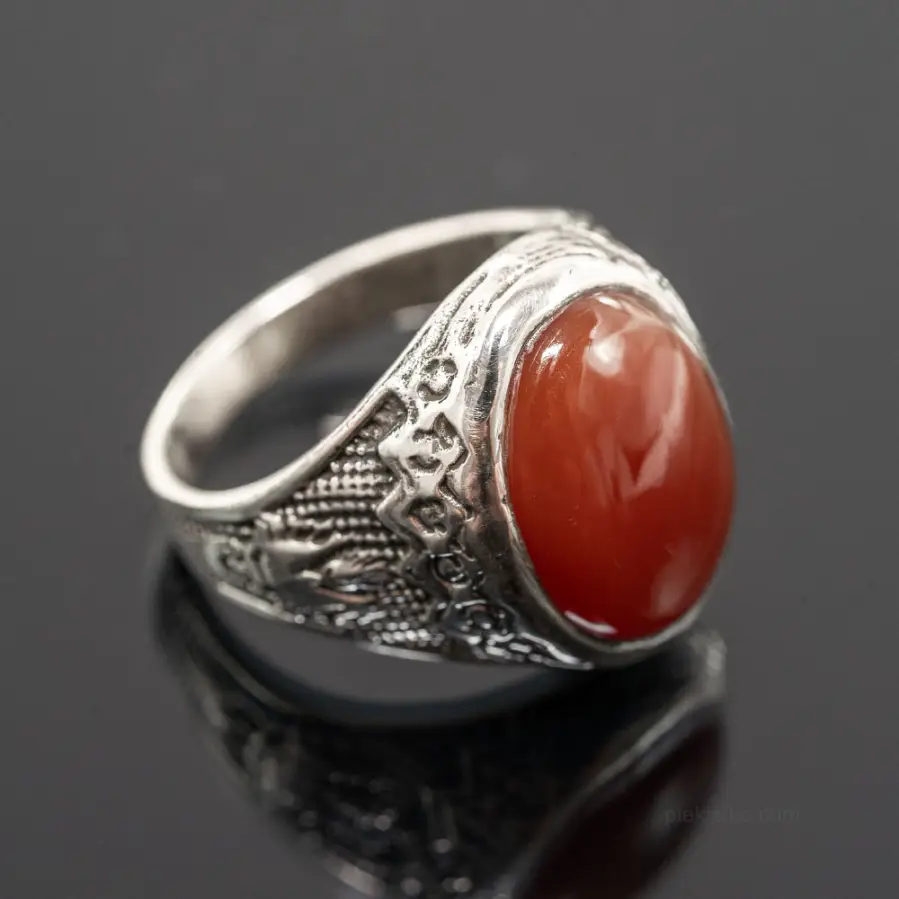
Signet ring with Natural Carnelian
370,00351,50 -
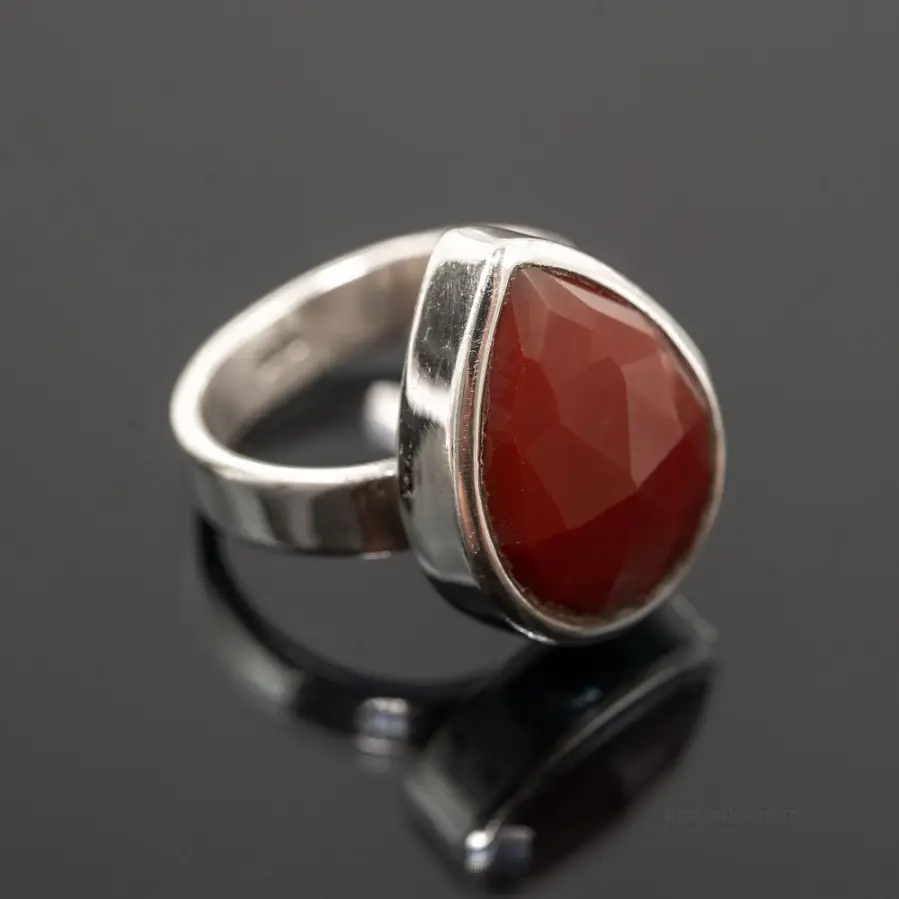
A signet ring with carnelian with an adjustable band - perfect for everyone
420,00399,00 -
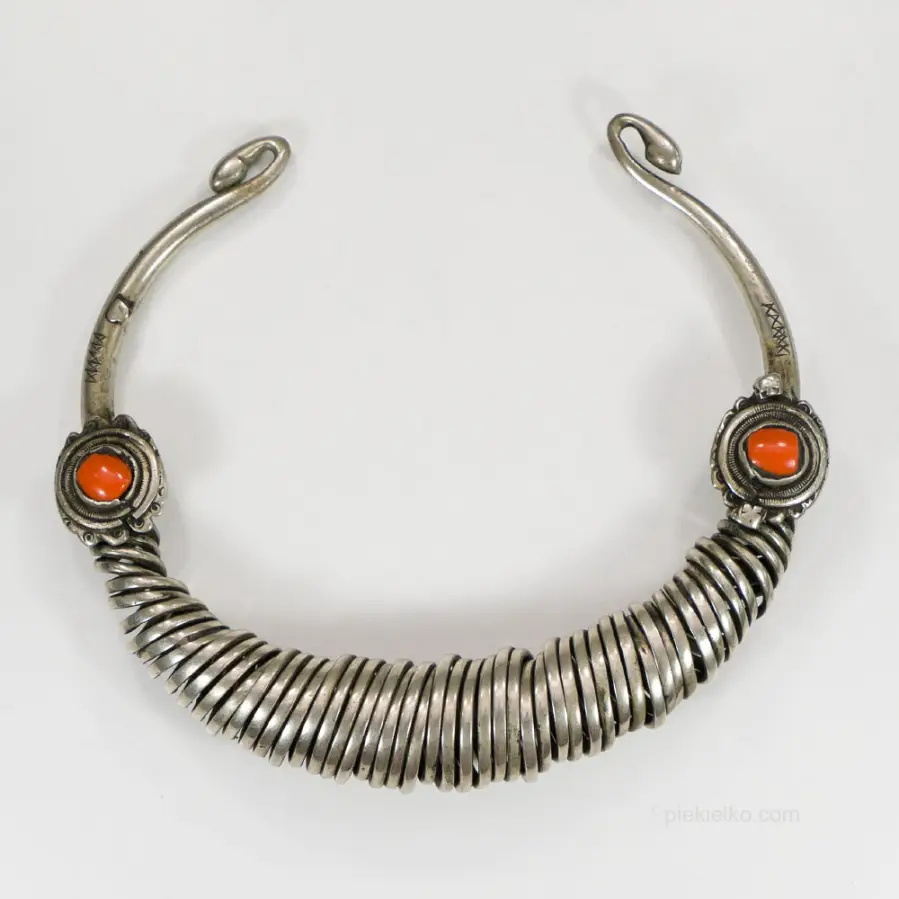
An historic Pakistani track from the Swat Valley
1500,001282,50 -
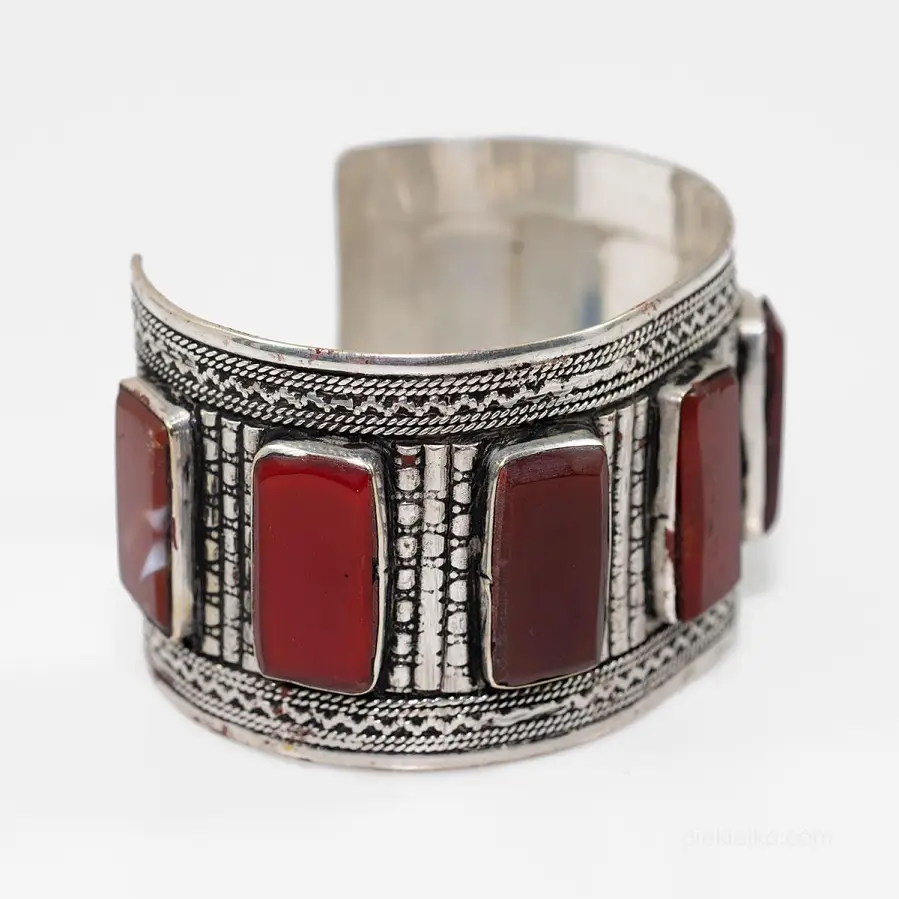
Afghan bracelet with carnelian
251,00214,61 -
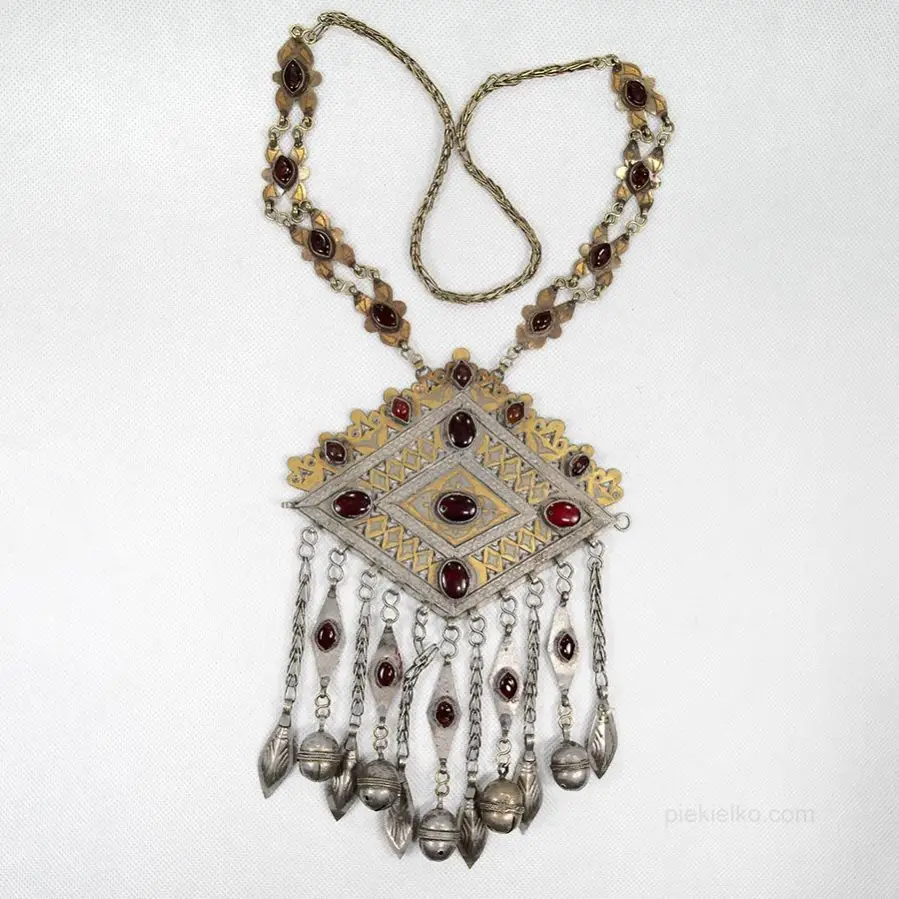
Turkmen necklace with bells
460,00393,30 -
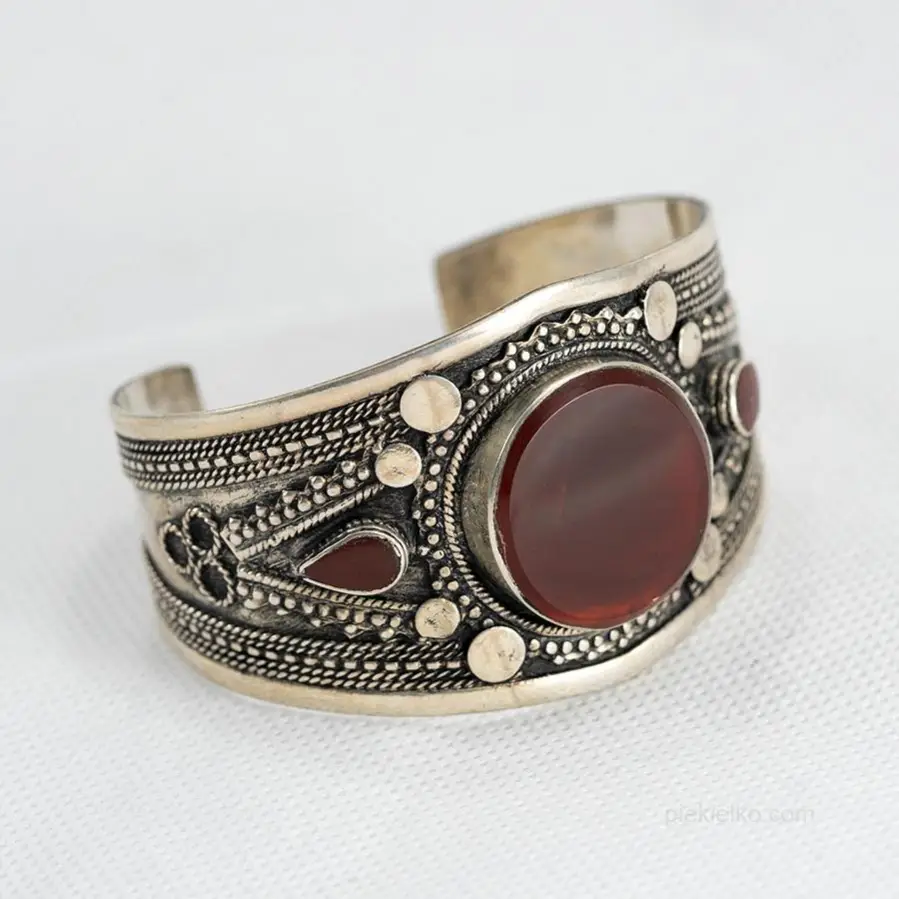
Afghan bracelet with carnelian
270,00230,85 -
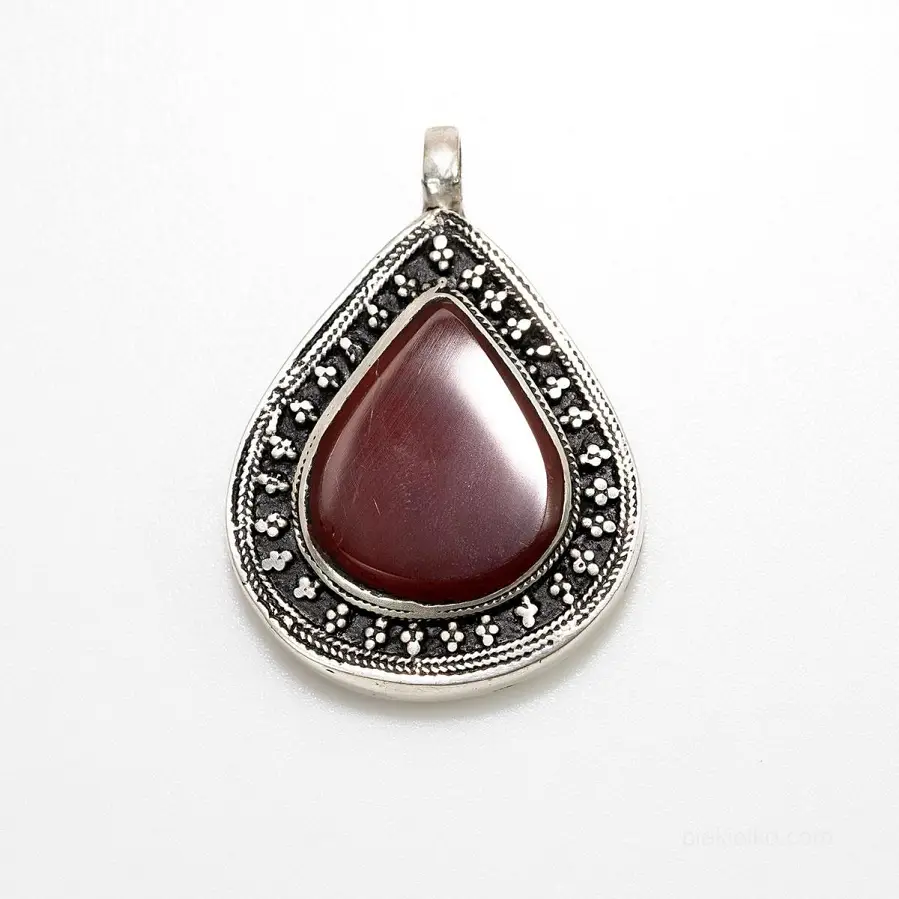
Pendant with carnelian
84,0079,80 -
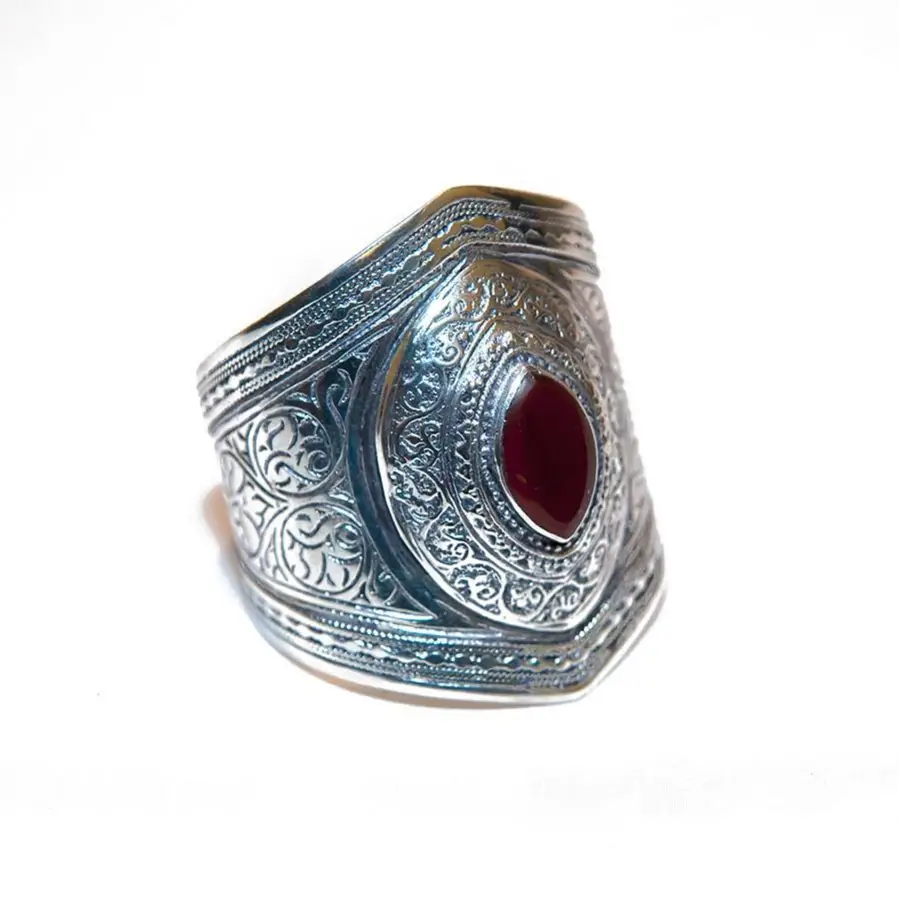
Kuchi carnelian bracelet
203,00173,57 -
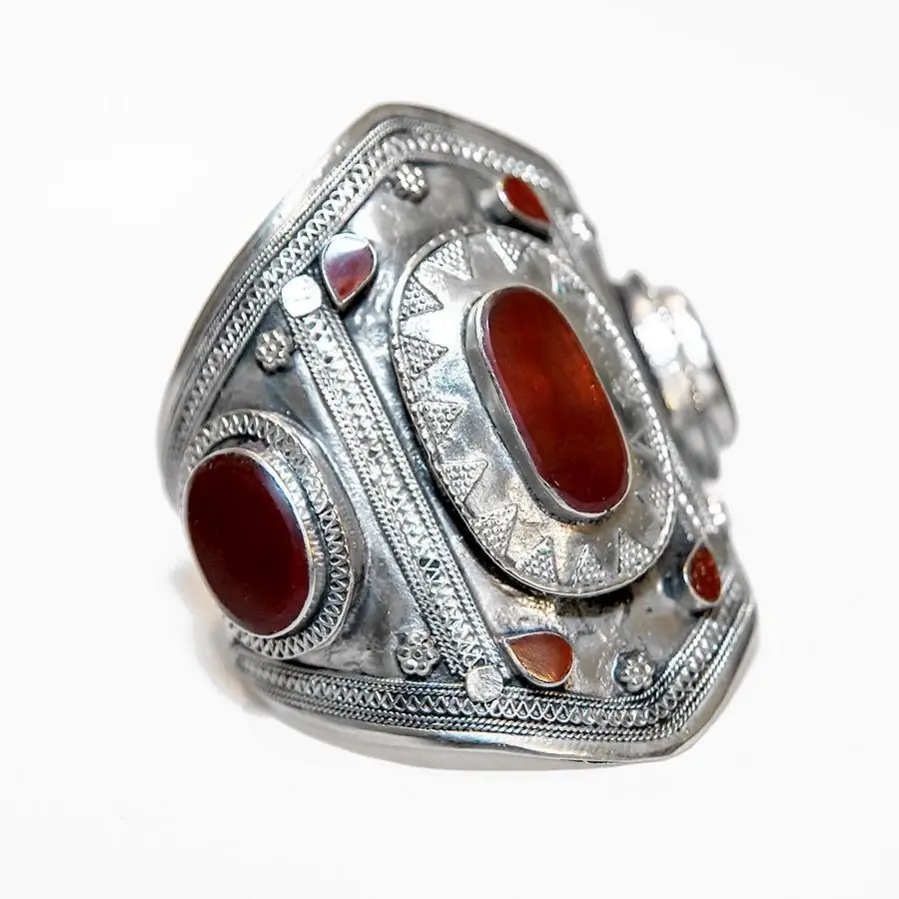
Kuchi forearm bracelet
251,00214,61 -
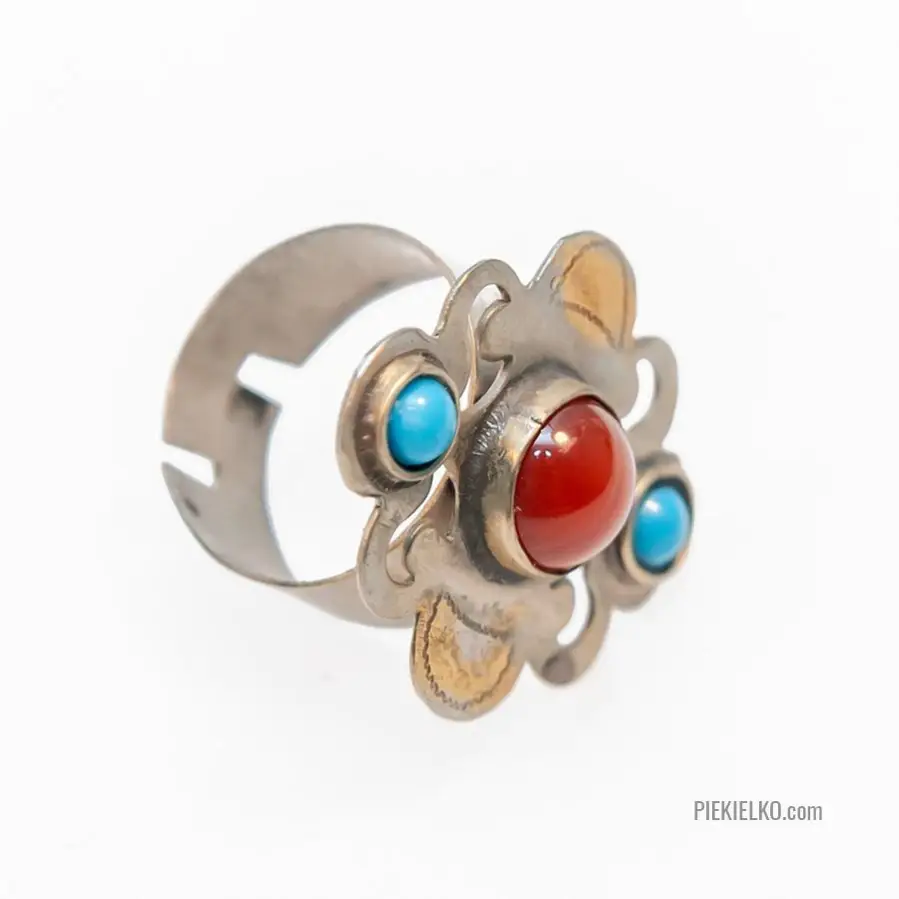
Gold-plated Turkmen ring
91,0077,81 -
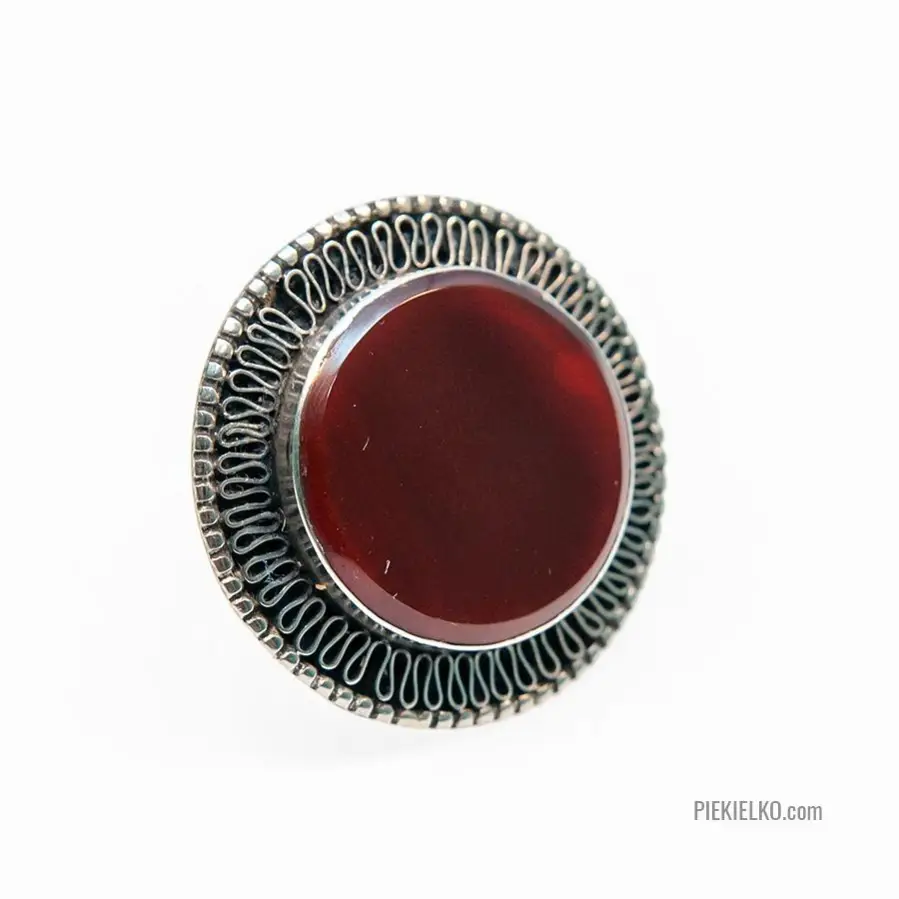
Round ring with carnelian
94,0080,37 -
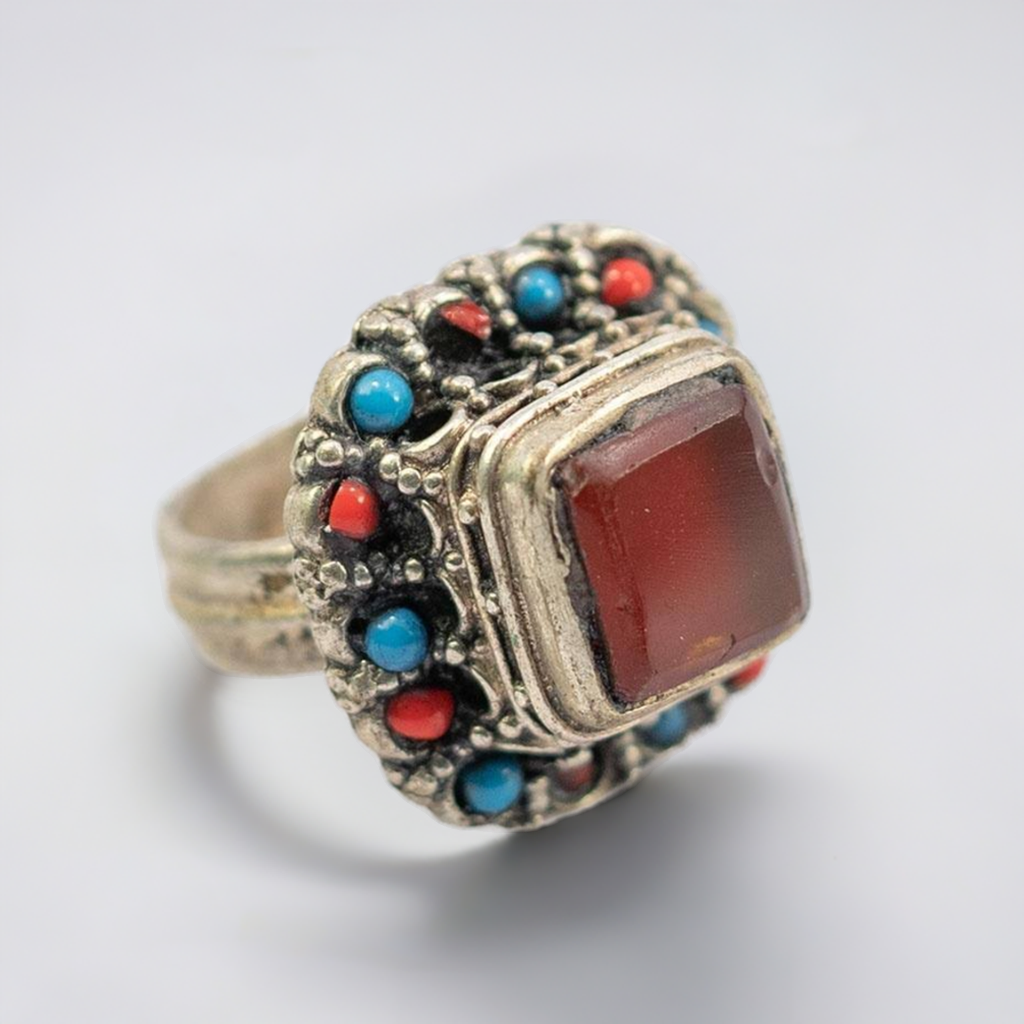
Afghan ring
54,0030,01



© Piekielko.com

